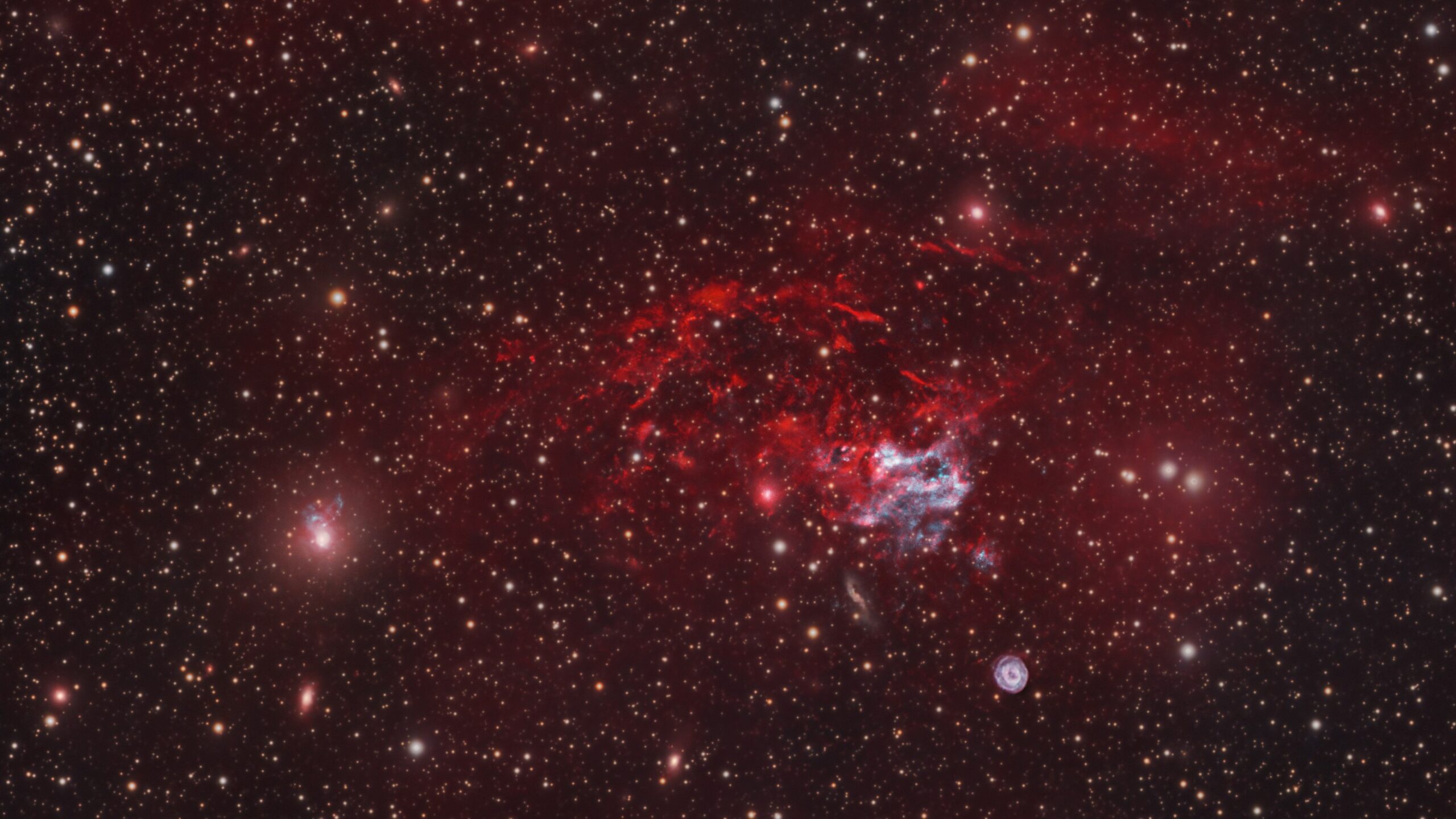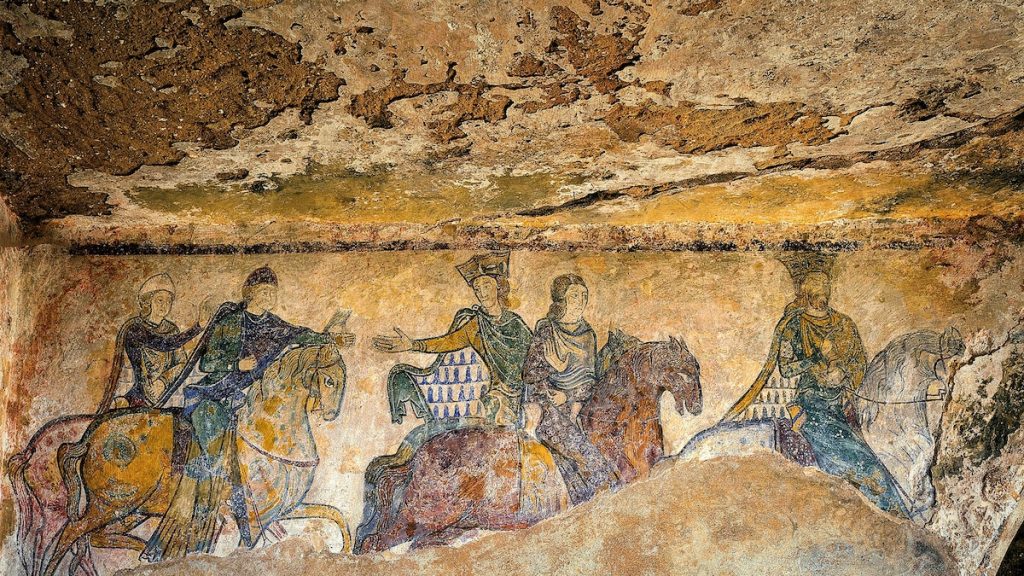Now Reading: High-School Student Uncovers Black Hole Light Echo Twice the Size of the Milky Way
-
01
High-School Student Uncovers Black Hole Light Echo Twice the Size of the Milky Way
High-School Student Uncovers Black Hole Light Echo Twice the Size of the Milky Way

Swift Summary
- High-school junior Julian Shapiro, 17, discovered a potential “light echo” of a supermassive black hole while analyzing the DECaPS2 survey data.
- The light echo is believed to be caused by residual radiation from a now-dormant black hole ionizing surrounding gas clouds.
- Estimated at 150,000 to 250,000 light-years in diameter, it could possibly be the largest light echo ever discovered.
- Shapiro identified high levels of oxygen and ionized sulfur in the region, indicating shocked material consistent with such an echo.
- Sasha Plavin from Harvard University noted this finding could offer insights into galactic activity and black hole behavior.
- Shapiro continues studying this phenomenon and hopes his findings contribute to advancing galaxy research.
Indian Opinion Analysis
Julian Shapiro’s accidental discovery underscores how young researchers can make meaningful contributions to astrophysics with access to quality resources like DECaPS2 data and advanced instruments such as the Southern African Large Telescope. This finding offers broader potential for understanding dormant black holes’ impact on their galactic environments-an area still not entirely understood in modern astronomy.For India, which maintains ambitious space exploration programs (e.g., ISRO’s Aditya-L1 solar mission), supporting initiatives that encourage youth involvement in global scientific endeavors can inspire similar breakthroughs locally while strengthening human capital development in space sciences.


























